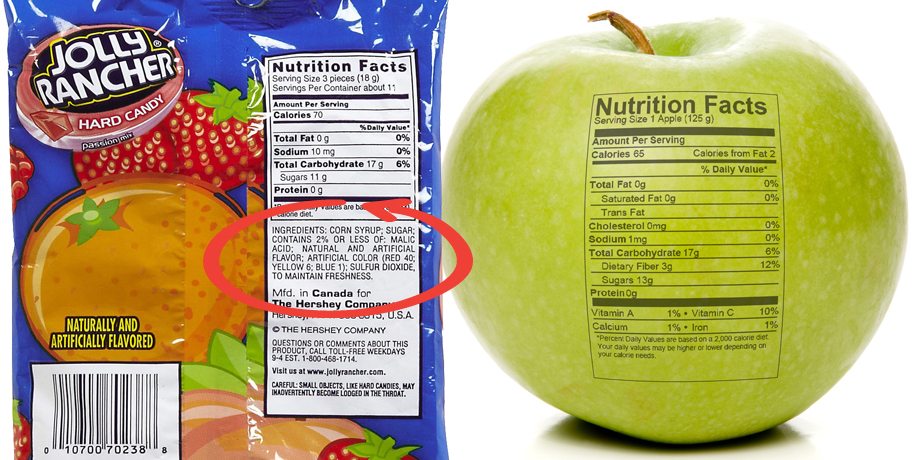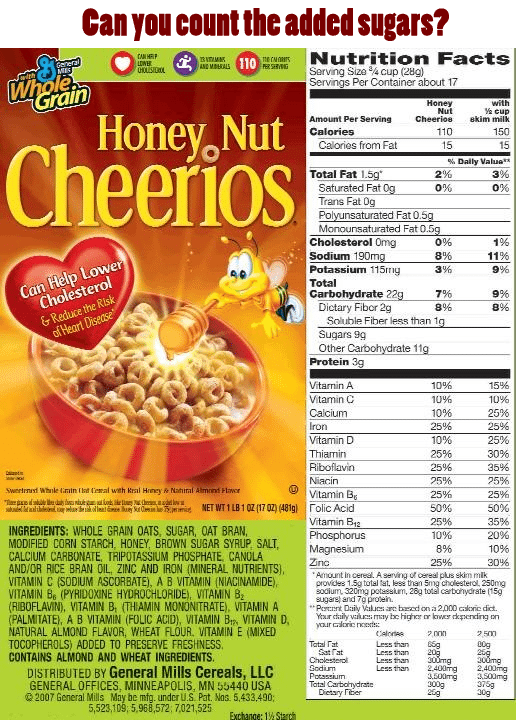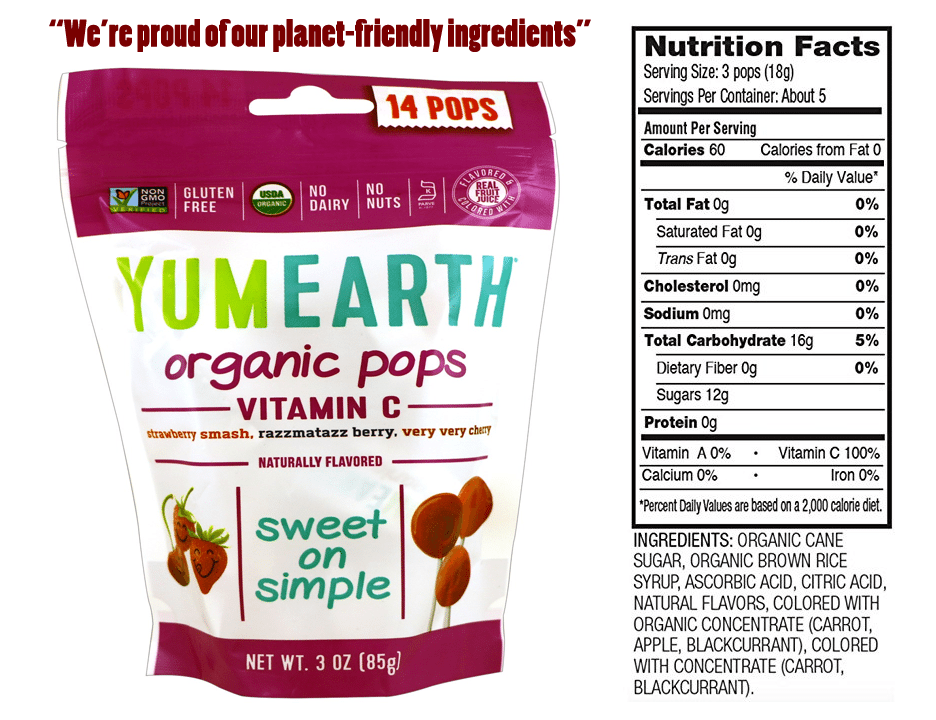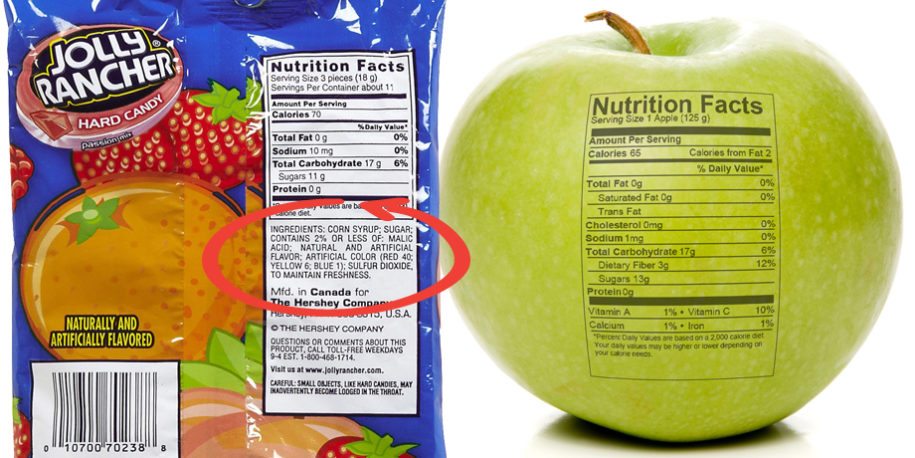You read last week’s article “Obesity & Diabetes: The lower the carbs the better?” Hopefully, I’ve inspired you to begin to reduce the sugar in your life because you learned that even small changes could help. (Good for you!)
Marketing the madness: There is just no decency in how junk most food companies do their marketing.
It’s all about profit—even if that sacrifices our children’s health, and ours.
It’s what you don’t know that is keeping you from reaching your goals.
Maybe you noticed the studies from last week ALL had their clients track actual food using a Food & Mood Log. Why do you think they do that?
No, it’s not to instill guilt or create extra work—it’s honestly because when a Food & Mood Log is reviewed by a trained nutrition expert, we catch the difference between what is truly healthy for your unique body and what you’ve been told by food giant advertising.
- I eat healthy…
- I just started (diet name)…
- I’ve already given up sugar… (and if you’ve taken steps, excellent!)
Healthy means different things to different people. For nearly 30 years I’ve studied the research and written individualized whole foods programs to make a huge difference in people’s lives. Bar none, the first place to start is removing intentionally-added sugar. And sometimes you have to “see” it.
After taking the Eating To Restore Balance class, I learned how the body works and how to tell if organs are not working. I needed to understand why things worked in order to know which information is true and what is marketing. It is great to understand the relationship between why we feel bad and what we eat. –LK
Sure, organic turbinado sugar is “healthier” than stripped down table sugar; but they are both instantly inflammatory, toxic to your nervous system, and lead to weight gain, hormone imbalances, poor sleep, high blood pressure, low energy… the problem is: Sugar is added to everything.
This week, start reading your ingredients labels.
Now I’m able to better understand what food does what, and why. It’s not so much whether a food is “good” or “bad” rather it is whether it works or doesn’t work for me considering my health goals. We are all different and I’m done listening to the “heart healthy” and especially the “low fat” marketing hype that told me what to think (or tried). “FAT” — In the Eating to Restore Balance program I learned why fat does not make us fat and we need good fats in our healthy routine diet. —DV
Food Industry Labels vs The (Sugary) Truth
Lie #1. Low-Fat or Fat-Free is “Heart Healthy”

There are good studies and then there are … well…
Skyrocketing rates of heart disease during the 1950’s led to studies aimed at understanding the role of various nutrients: fats, sugars, phytosterols, too many calories, too few calories, proteins… By the 1960s, there were two prominent camps:
- John Yudkin believed added sugars increased serum triglyceride levels and heart attack rates;
- Ancel Keys theorized that total fat, saturated fat, and dietary cholesterol caused the problem.
In 1965, the Sugar Research Foundation (SRF) published its review of these studies. They subsequently spent $600 000 ($5.3 million in 2016 dollars) to teach “people who had never had a course in biochemistry… that sugar is what keeps every human being alive and with energy to face our daily problems.”
The war on fat begins: Project 226
A Literature Review on Sugars, Fats, and Heart Disease
In 1965, the Sugar Research Foundation (SRF) secretly funded a review in the New England Journal of Medicine that discounted evidence linking sugar consumption to blood lipid levels and hence coronary heart disease (CHD). The SRF paid two Harvard researchers $6500 ($48,900 in 2016 dollars) for “a review article of the several papers which find some special metabolic peril in sucrose and, in particular, fructose.”
In 1967, McGandy, Hegsted, and Stare published “Dietary Fats, Carbohydrates and Atherosclerotic Disease,” in the New England Journal of Medicine (NEJM). This biased review was directed by the SRF and discounted well-done studies by John Yudkin, Alfredo Lopez, Robert Hodges, and Willard Krehl that showed:
- a positive association between high sucrose (table sugar) consumption and CHD
- sugar caused serum cholesterol and serum triglyceride levels to rise in healthy individuals
- sugar caused serum triglyceride levels to rise in those with hypertriglyceridemia.
- sucrose affected serum cholesterol levels primarily through changes to the intestinal microbiome, and
- fructose, a component of sucrose, affected serum triglyceride levels by increasing fat production in the liver, adipose (fat) tissues, and other organs.
The review article promoted one single randomized controlled trial, conducted by Hegsted, that concluded that reducing dietary cholesterol and substituting polyunsaturated fat for saturated fat substantially improved serum cholesterol levels. Unfortunately, it was a poorly designed study.
Equally unfortunately, the SRF succeeded in burying the truth until Kearns, Schmidt & Glantz analyzed internal industry documents in 2016.
The war on fat continues: Project 259
Burying the animal studies linking sugar to high triglycerides, altered gut health, and heart disease
Between 1967 to 1971 the SRF funded research by W.F.R. Pover that found:
- serum triglycerides went up in rats fed a high sugar diet compared with high starch feed (that’s right, sugar is worse than other starch)
- the sugar diet elevated levels of beta-glucuronidase, an enzyme previously associated with bladder cancer in humans
- risk of coronary heart disease is greater in a high sugar diet compared with the high starch diet
- changes to the gut microbiota may explain the different effects of sucrose and starch on blood lipids
What happened to this research? The sugar industry buried it. All all evidence of harm, including how sugar might cause cancer, was lost to science until Kearns and team blew the whistle just last year.
Industry has a habit of manipulating or burying data that goes against it’s theories and that could lead to unfavorable (to their profits) regulations. While most people are aware of industry wars denying links between cigarette smoking and cancer, psychiatric medications and suicide, pharmaceutical drugs and death or birth defects, we’re still under the belief that sugar is a healthy treat and we need it to fuel our cells, especially our brain.
By 1977, the Dietary Guidelines for America committee made it official: Get the fat out of food.
Since “everyone knows” fat is bad—food labels prominently in BIG BOLD FONT mark items “low-fat,” “reduced fat” or “fat-free.”
The problems?
- fat helps you feel satisfied with your meal—low fat and no fat are not as filling, so you want (and eat) more calories
- low fat doesn’t taste as good as the full-fat versions
- the sugar industry happily added sugar to these otherwise bland foods
- sugar industry profits soar, pharmaceutical company profits soar, insurance premiums and health issues skyrocket
The Bottom Line: Fat has been unscientifically demonized and replaced with sugar. Despite the known dangers of added sugar, it is everywhere.
Lie #2. Hidden Sugar: Food Labels Lie (sort of)

Even if you are one of the few who read ingredient lists before making a purchase, food manufacturers still disguise what’s really in the box.
The Rule: All ingredients must be listed in descending order by amount. If you see sugar in the first few spots, then you know that the product is loaded with sugar.
And that means…
Food manufacturers use three to four different types of sugar sending each one lower on the list. A food could just have sucrose in the #1 ingredient spot but many consumers are saavy to that. Modern packaged foods now contain rice syrup, high-fructose corn syrup, evaporated cane juice, fruit juice—different names for the exact same thing—sugar.
Some other, often healthier-sounding ingredient, now gets to be number one on the list. Clever. There are 61 different names for sugar.
The Bottom Line: Read the ingredients list. Try to find brands without any added sugar.
Lie #3. Calories per Serving
Is that chocolate bar or soda 1 serving or 4?
How long will you stay full on that ¾ cup bowl of cereal (make sure to measure)?
The labels says “only 100 calories per serving.”
But those X-Treme Gulps (52 oz.) and Team Gulps (128 ounces—one gallon—of soda) are just under 20 servings (not that you would ever do that).
The Bottom Line: Read the serving size. Is the portion enough?
Lie #4. Fruit Flavored / Fruit Juice Sweetened
By survey (marketing people do lots of surveys) we want healthy, we want natural, we want to have more fruit and vegetables in our day—we just don’t want to eat them.
What’s in the box or beverage?
Walk down the “juice isle” in the store is there even any juice there anymore? (BTW: the word “grocery” comes from “Grocer” which means a dealer who sells by the gross—that is, in large quantities at discounted retail prices.) Inspect the ingredients on products like VitaminWater.
Marketing gurus create labels with HUGE TYPESET “made with some-flavor-that-sounds-natural”.
Orange-flavored VitaminWater: Nope, no actual oranges in there. Sweet is coming from sugar and the Orange is coming from artificial chemicals (and no vitamins either—unless you consider synthetics from test tubes are vitamins).
What about fruit juice sweetened?
If you only have two options: 1. the cane or HFCS or corn sugar sweetened, vs. 2. pear juice or white grape juice or apple juice sweetened; take the fruit juice sweetened product. Always. But…
Please make sure you understand these are all sugars!
What about juices and juicing?
Here’s the breakdown for a 12 ounce (350 ml) portion:
- Coca Cola: 140 calories and 40 grams of sugar (10 teaspoons)
- Apple juice: 165 calories and 39 grams of sugar (9.8 teaspoons)
- Juiced celery from a juicer: 148 calories and 42 grams of sugar (10.4 teaspoons)
Liquid calories whether it’s orange juice, apple juice, celery juice, it is still sugar. And it works differently than solid foods since there is no fiber: The sugar is absorbed immediately. Blood sugars rise quickly. As we discussed in last week’s article:
- rising blood sugar forces the pancreas to make too much insulin
- rising blood sugar forces cells to use sugar as fuel—creating toxic byproducts
- sugar not used for fuel is converted to triglycerides (a form of fat)
- elevated triglycerides are unhealthy and linked with cardiovascular disease (CVD)
- sugar not burned as energy is stored as fat (being overweight pushes up blood pressure and is also linked with CVD)
One study in children showed that the risk of obesity was increased by 60% for each daily serving of sugar-sweetened beverages.
There is no reason to assume that fruit juices would have a different effect than sugary drinks if they are consumed in the same amounts.

Lie #5. Small Amounts of Healthy Ingredients
Purely a marketing trick is to promote a couple of ingredients that sound healthy: “Made With…” There are no regulations for these statements. The actual amounts are usually negligible and fool us into thinking we’re making healthy choices for ourselves and our children. The most common over-promoted ingredients are:
- omega-3s
- antioxidants and synthetic vitamins
- whole grains (stay tuned for next week)
The Bottom Line: Don’t believe the big print on pretty labels, read the ingredients.
References:
Ludwig, D. S., Peterson, K. E. & Gortmaker, S. L. (2001) Relation between consumption of sugar-sweetened drinks and childhood obesity: a prospective, observational analysis. Lancet, 357(9255):505-508.
Kearns, C. E., Schmidt, L. A., & Glantz, S. A. (2016) Sugar Industry and Coronary Heart Disease Research A Historical Analysis of Internal Industry Documents. JAMA Internal Medicine, 176(11):1680-1685
Kearns, C. E., Apollonio, D. & Glantz, S. A. (2017) Sugar industry sponsorship of germ-free rodent studies linking sucrose to hyperlipidemia and cancer: An historical analysis of internal documents. PLoS Biol. Nov; 15(11): e2003460.
Malik, V. S., Schulze, M. B., & Hu, F. B. (2006) Intake of sugar-sweetened beverages and weight gain: a systematic review. The American Journal of Clinical Nutrition, 84(2):274–288
Nguyen, P. K., Lin, S., & Heidenreich, P. (2016). A systematic comparison of sugar content in low-fat vs regular versions of food. Nutrition & Diabetes, 6(1), e193.


Leave a Reply
You must be logged in to post a comment.